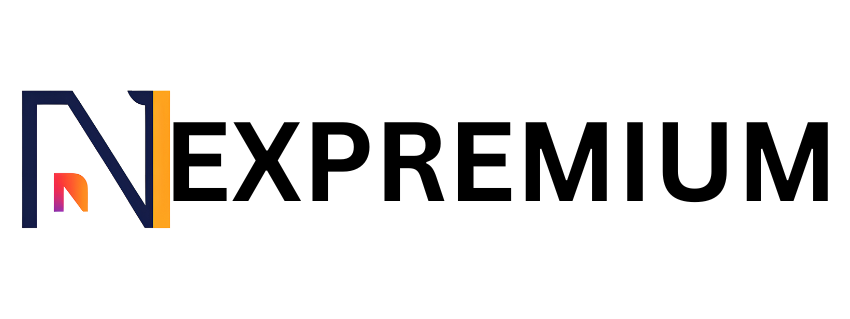Loans for Students in USA - How To Find the Right Loan for Your Needs
Are you looking for loans for students in USA? You have come to the right place! We provide loans for students in USA. Get started now!

Popular Loans For Students Options

Recent developments in the student lending industry have brought about some new loans that can be quite helpful to students. These are typically referred to as ‘alternative’ or ‘flexible’ credit cards because of how they work.
Many of these cards don't require long-term repayment plans, which may make it easier to balance school, work, and life. What this also means is that interest rates aren't necessarily higher than what you'd find with traditional credit card accounts!
Alternative credit cards come in many different forms, but all seem to offer more flexible payment schemes than normal credit cards. Some even let you deposit extra money every month that can then be spent just like any other VISA account!
Loans for Students in USA. Apply Now!
If you are looking for loans for students, then we are here to help. We offer loans for students in USA who need money fast. We understand how difficult it is to find the right loan for your needs. That's why we make sure that our customers receive the best service possible. Our customer support team will guide you through the entire process.
Apply online today.
- Link1: Sallie Mae loans for students
- Link2: Federal student aid loans for students
- Link3: College AVE students loans
- Link4: Sofi loans for students
Consolidation loans for students

A consolidation loan is another way to pay off your student credit cards. This will shift the balance from purchase debt into lower interest, long-term financing.
By using a consolidation loan, you can take all of your existing debts (credit card accounts) and combine them into one new account with one monthly payment.
This way, you will also have access to more flexible repayment options. For example, you could choose to make only the minimum payments for a few years until the entire amount is paid back. Or you could apply an additional fee each time you pay off part of the loan so that it continues to grow in size.
Consolidation comes with its own set of fees, however. Most lenders require you to bring in proof of asset protection as well as confirmation that you cannot meet your current financial obligations without this new loan.
Private student loans
While most students are aware of how to manage their educational expenses through scholarships, tuition remission, and work-study, it is not always publicized that students have access to more expensive loan options as well. These can include credit card education loans or even private loan options like personal lines of credit from banks.
It is important to be familiar with these types of loans so you do not take out too much money, but also to make sure your budget can accommodate them. Many times, people feel obligated to use very expensive loans because they think there is no other way to afford school,” says Chris Garrett, Director of Education Loan Products at NerdWallet.
There are some smart ways to navigate which type of loan is best for you depending on your needs and what kind of repayment you prefer. It is important to understand the terms of each one!
We have gathered information about the three major types of private student loans here for you to compare. If you have questions, talk with friends, family members, and professors to get better insights into all of your options. You should never pay more than you need to to learn and go after what you want!
Federal Perkins Loan

The federal government offers another loan option to students. These loans are known as Perkin’s Student Loans. There are two types of perkins student loans, direct and indirect subsidized.
A direct perkins student loan comes directly from the Government via Chase Bank or the Department of Education. This is the best type of perkins student loan because there is no middleman that can add extra fees.
The disadvantage of a direct perkins student loan is that it requires more documentation than an indirect perkins student loan. Direct perkins loans also have higher monthly payments due to the additional overhead cost for processing the loan.
Indirect perkins student loans come through private lenders or banks that agree to give you the money. These lenders then go up with a large insurance company that covers the perkins student loan.
This company agrees to pay the lender a certain amount of money each month while the student is in school. These costs are added onto the original perkins student loan.
Federal PLUS Loan

The federal loan program that allows students to pay less in monthly payments is called the Parent Loan Forgiveness Program or simply PLF. This loan system was established under the College Student Assistance Act of 1984, and only qualified parents can apply to have their loans canceled.
The amount of money you make really matters when it comes to applying to be included in this program. If your income is higher than $50,000 per year, then you are more likely to receive funding. Conversely, if your income is lower than this, you may not qualify.
Students who do not repay their parent’s loans will have these debts added to their own records. Although there is no statute as to how many years creditors must pursue debt collection before dropping cases, most experts agree that at least six months need to pass without repayment before lenders give up.
State student loan programs

Many state universities offer loans to students! These are typically referred to as “student lending” or “higher education financial aid” services. Some of these services go even further, offering additional benefits such as credit cards with educational discounts and/or debt management tools.
Mostly, states run their own student lending systems due to the variety of funding sources and eligibility requirements. This can make it difficult to compare one company to another because each has its own regulations.
But what most of them have in common is that they are sponsored by and administered through your state government. So if you are looking to lower your monthly payments or invest in better payment options, there are ways to do so!
Financial aid

One of the biggest expenses that students have is financial aid. This is what most universities and colleges give to you as a student so that you can attend their school. These are usually loans or grants from federal, state, or local governments or private sources.
Most schools offer some type of scholarship or need-based funding, which is not limited to tuition. Sometimes they will fund extra room and board, transportation costs, or even personal items such as clothing or shoes. This is especially important if you don’t have much money saved up after all your other bills!
Some programs only go towards tuition, while others also cover living expenses. The amount of coverage varies by student and family income.
Students must be aware of how these funds work to make sure they do not waste them. They may be able to apply both for college courses and for life after college, like buying a house or starting a business.
Be sure to check out every source of funding for yourself and your loved ones to ensure everyone is taken care of when it comes time to pay back the loan.
Paying for school

Even though student loans have increased dramatically, there are many ways to avoid taking on debt while studying. You may be surprised by just how much money you can pay for without needing loans.
There are several strategies that can help students save money, including:
Finding scholarship or tuition discount sites
Joining organized academic clubs and societies
Researching online courses that offer free education
For example, through my studies I was able to find out that about half of all college courses are now available as an interactive ebook. This means you do not need to purchase expensive textbooks because you can access the information freely.
This also helps since most colleges require students to buy their books so it saved me some money!
Tips for Success

Finding a good student loan option depends mostly on your preferences, not on whether you are familiar with them. Just because something is sponsored by a big bank or credit card company does not make it a better choice.
Be careful of loans that offer a low introductory rate and high monthly payments later. This is especially true if you can’t afford the payment at that time!
Also, look out for extra fees such as origination fees or application fees. A lot of these go into the cost of the loan so should be included in the total amount borrowed.
We recommend avoiding private student lenders or peer-to-peer lending sites due to risk reasons. The lender may not be around next school year or could even be fraudulent.
Good student loan options exist and are accessible to most people. It is important to do some research before picking one though!
What's Your Reaction?





































